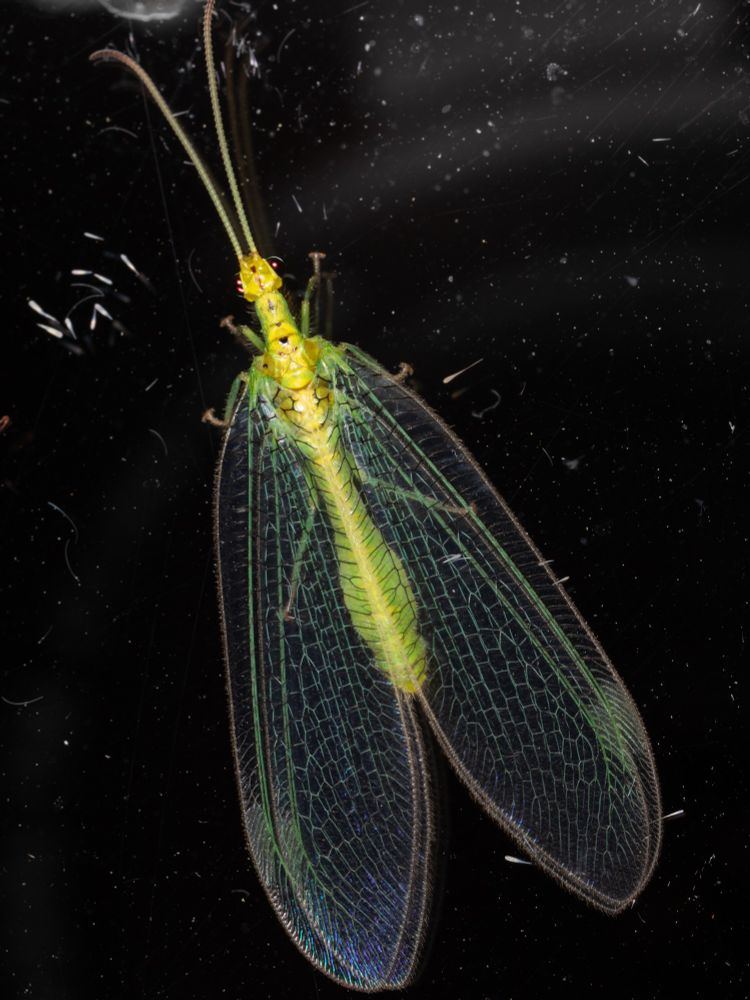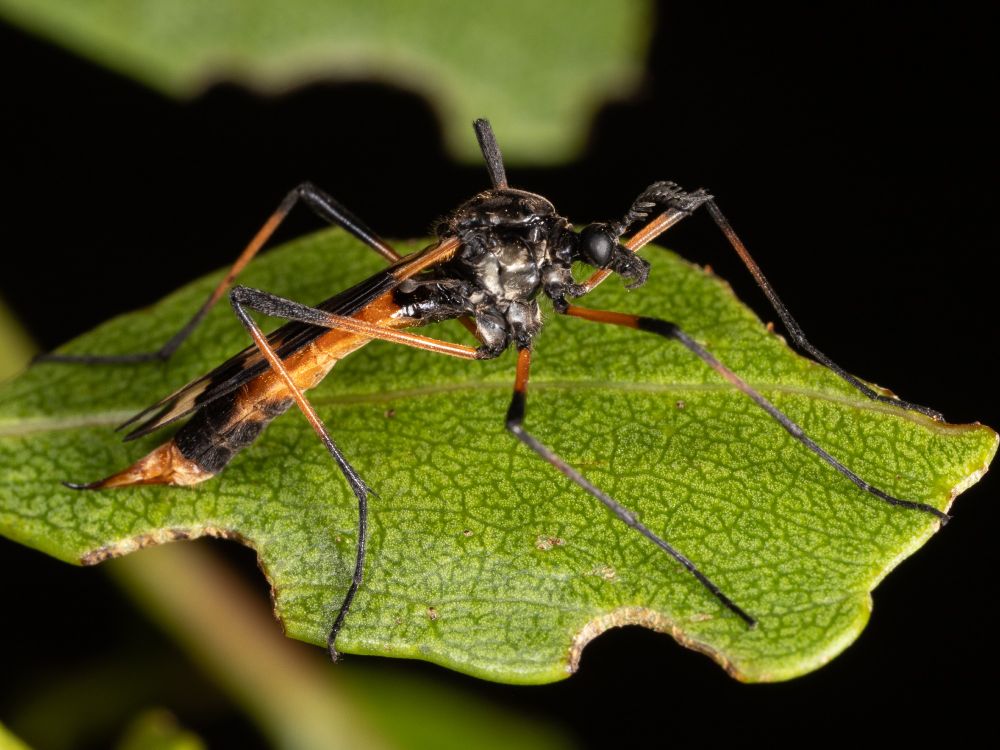Field Guide to the Insects of Tasmania
@insectsoftasmania.bsky.social
120 followers
73 following
27 posts
News from the Field Guide to the Insects of Tasmania team https://tasmanianinsectfieldguide.com/
The Field Guide to the Insects of Tasmania is a website attempting to open eyes to the diverse insect life on lutruwita, the island state of Australia.
Posts
Media
Videos
Starter Packs


































